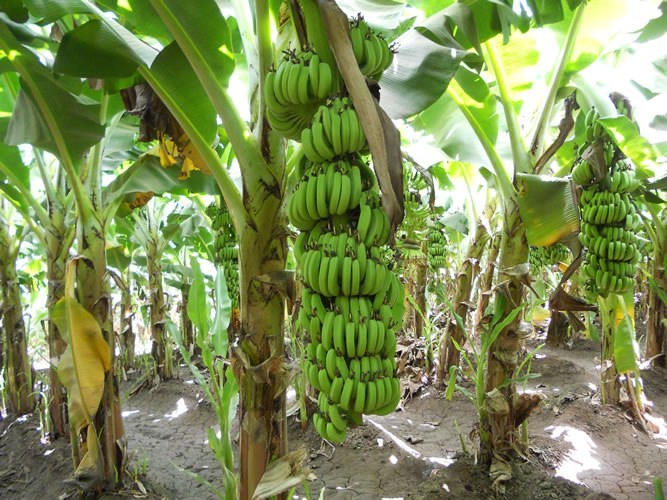Smallholder banana farmers in Western Kenya can avoid losses by growing black streak resistant varieties.
The varieties are FHIA 23 – dessert, FHIA 01 – gold finger and FHIA 02 TU8 – dual purpose which are produced through tissue culture, a clean disease free procedure in establishment of seedlings.
Black streak attacks all banana varieties in Western Kenya causing 50 to 90 per cent yield losses according to KALRO.
Related content
How farmers can multiply clean banana planting material from existing plants instead of buying

The diseases is spread in conditions where there is high moisture such as in the rainy season or when the crop is under irrigation. Infected packaging materials also act as carriers of the disease.
The initial symptoms of black streak are tiny leaf spots that appear on the bottom of the leaf surface. The spots then develop brown streaks which become darker, sometimes purple on the top surface of the leaves. The spots form black streaks on the leaves.
When the disease becomes severe, the leaves of the plant display a burnt up appearance with the whole plantation appearing as if it has been set on fire.
To control the disease, remove the affected plant leaves and pant resistant varieties such as those mentioned above.
Kenya produces an estimated 1.4m tonnes of bananas annually.
The Leading producers are: Meru (19 per cent), Embu (12 per cent), Taita Taveta (nine per cent), Murang’a (seven per cent), Kisii (six per cent), Tharaka Nithi (six per cent) and Bungoma (five per cent).
86 per cent of the total bananas produced are sold commercially with the rest being consumed directly according to USAID.
Write comment (0 Comments)
















